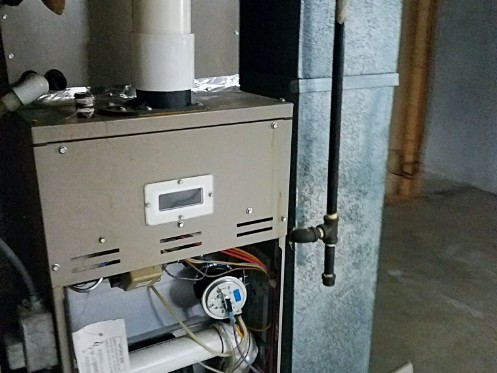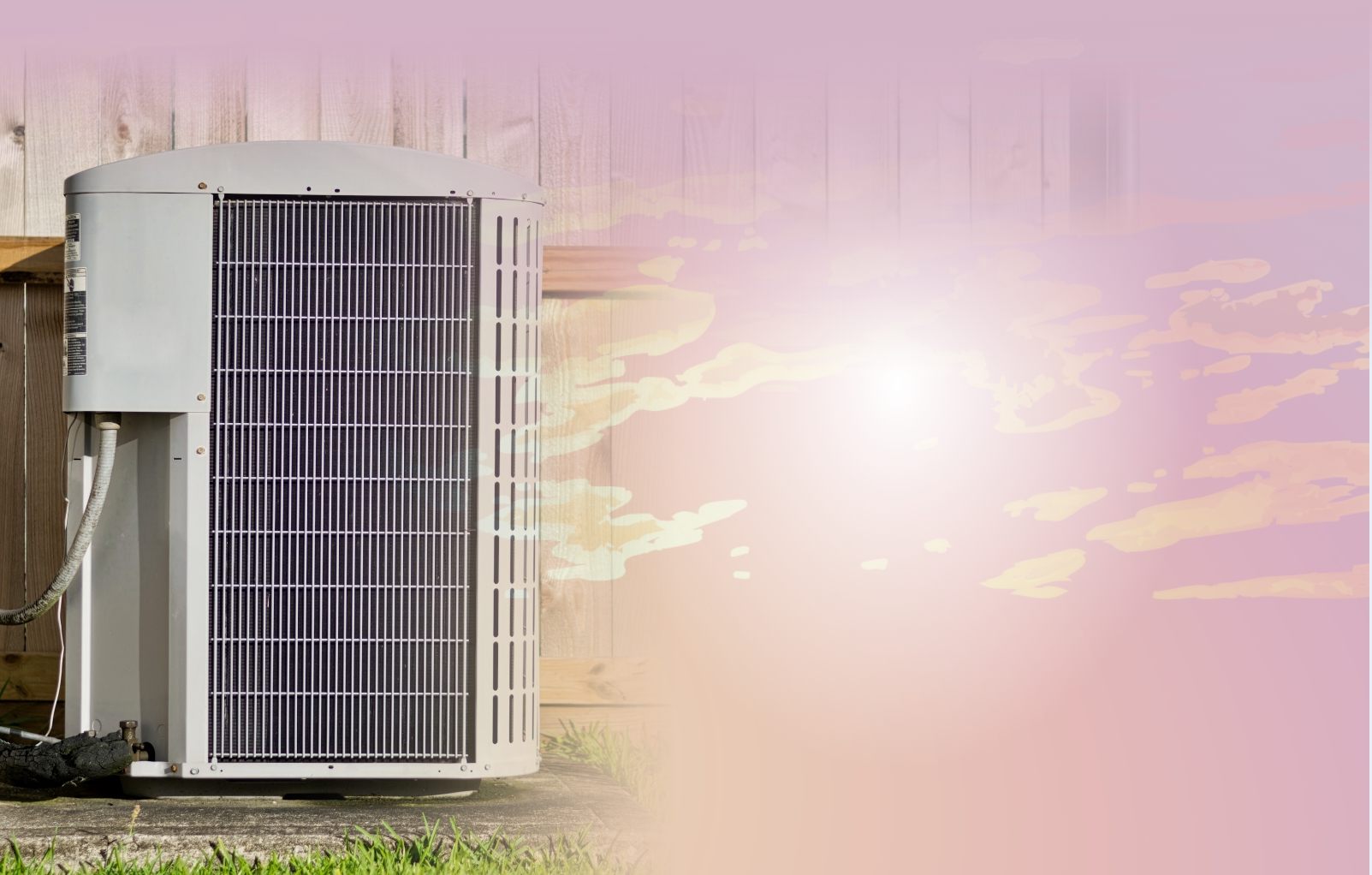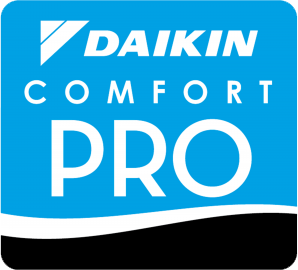You depend on your home’s furnace to keep you comfortable during the cool winter months. However, it’s easy to forget about it until there’s a problem. When that inevitable problem occurs, it’s a major source of stress as you try to stay warm and worry about the cost of a repair. Fortunately, many repairs are simple and don’t require replacing your system. Consider the nine most common problems you may encounter with your furnace and how to prevent most of them in the first place.
1. Clogged Air Filter
One of the most common issues with a furnace is a clogged air filter. This filter acts as the first line of defense for keeping damaging airborne contaminants out of the unit, inhibiting its performance. That means that it requires regular changing, which often goes neglected because it’s out of the way and often out of mind.
The best way to prevent filter neglect is to plan to check it monthly, knowing that for the common 1- and 2-inch filter, you’ll need to change it every 30 to 90 days. When you can see a lot of dirt on the intake side of the filter, it’s time to replace it.
2. Improper Thermostat Settings
Your thermostat controls when the furnace and circulating fan run. Ideally, the circulating fan only runs during an active heating cycle so that warm air flows from your supply vents. However, there are common settings that go unchecked, especially at the beginning of the heating season.
First, check the fan setting on your thermostat to make sure it’s set to “Auto”. If it’s set to “On”, the circulating fan will run all the time, forcing cool air from your vents.
Next, check your program settings. Make sure that you’ve adjusted it from the summer settings to the winter settings. You’ll want to double-check both the temperature and the time when the different program steps run.
3. Old Thermostat
Thermostats have an expected service life of 10 to 15 years, especially digital thermostats, which don’t have much you can calibrate. At the end of its life, the thermostat’s sensors start to read inaccurately, preventing your furnace from running at the proper times. If your thermostat is older than 10 years, consider replacing it with a new programmable model. You may even want to consider a smart thermostat to make managing your heating and cooling easier.
4. Faulty Blower Components
Your circulating fan controls the flow of air into and out of your furnace. The fan consists of the fan wheel and the blower motor, along with control components. When there’s a problem with the fan, your home won’t get warm enough or won’t heat consistently. The entire fan assembly can experience faults, including:
- Worn motor bearings
- Unbalanced fan wheel
- Faulty capacitor
- Bad limiter switch
- Loose or worn electrical connections
- Loose mounting hardware
5. Damaged Heat Exchanger
The heat exchanger is a series of tubes that carry the hot exhaust from the furnace combustion chamber out to the exhaust pipe. As it does, the furnace draws cool air from your home over the exchanger, allowing it to absorb the heat, which is what produces the hot air for your home. Due to the constant heating and cooling of the exchanger, it can weaken over time, leading to cracks.
Cracked heat exchangers are extremely dangerous because they can allow carbon monoxide to leak into your home. This is a problem you want to have a professional investigate immediately. Signs your heat exchange is cracked include:
- Your carbon monoxide detector is going off
- There’s a strange smell
- You see corrosion and cracks in other components
- The burner flame is yellow or flickering
- There’s a rattling sound as the furnace cycles on
- Pooling water around your furnace
6. Bad Limit Switch
Overheating is one of the primary ways heat exchangers get damaged. The high limit switch is a safety measure built into your furnace to turn it off if the internal temperature gets too high. However, these tend to wear out over time.
When it wears out, it may weaken and start turning the furnace off at lower temperatures. You may notice this if your house doesn’t seem as warm after a heating cycle. A bad high limit switch may also result in the circulating fan running continuously. If you notice the latter, check that the fan switch is set to “Auto”.
7. Faulty Ignition Mechanism
Every gas furnace has an ignition source, but they vary from model to model. Older furnaces have a standing pilot light, which is a small flame that burns all the time. When the furnace starts, the gas turns on and ignites from that flame.
Newer models use either an intermittent pilot or a hot surface ignitor. An intermittent pilot allows a small amount of gas to flow and uses an electric spark to ignite the pilot. It then lights the burner like a normal pilot light. Other models may also use an electric hot surface ignitor. Electricity flows through the ignitor, causing it to heat until it’s glowing. It’s then hot enough to ignite gas when it flows from the burner. These ignition sources may require cleaning and will wear out over time, requiring a replacement.
8. Unusual and Loud Noises
You may notice unusually loud noises from your furnace or heating system. Some are normal, while others signal that your system is having a problem. A common noise is a popping or banging sound coming from your ducts. This is usually the metal ducts expanding or contracting during or after the heating cycle. However, a louder banging sound could be a problem with gas accumulating in the combustion chamber before igniting.
If you hear a grinding or scraping noise, it’s likely the bearings in your circulating or inducer fan motor. A rattling sound indicates something has come loose or is damaged. This is problematic because loose or broken internal components can cause significant collateral damage as the furnace cycles.
9. Bad Odors
When your furnace is running normally, it shouldn’t produce a smell, so any odors indicate that there’s a problem. If you smell gas, get everyone out of the house and call emergency services. Another dangerous smell is a strong chemical smell, which may indicate a cracked heat exchanger, which will also leak carbon monoxide.
You may smell a faint burning odor when you first ignite your furnace for the season. However, this should dissipate quickly and should not repeat during subsequent heating cycles. If you notice a musty smell, you likely have biological contaminants building up in your ducts.
Preventing Most Furnace Problems
It’s possible to prevent most furnace problems through simple furnace maintenance. Make sure to keep an eye on your furnace filter throughout the year. Then schedule your annual furnace maintenance. During this visit, a technician will prevent many problems by cleaning the system and tightening electrical connections and mounting hardware. They’ll run a series of tests and inspect the unit, looking for indications of components that aren’t working properly. If they find something isn’t working as it should, you can have it repaired before you notice any of the problems we’ve discussed.
People around Moore who want trusted HVAC service turn to Home Comfort Solutions. Our expert technicians provide air conditioning and heating maintenance, repair, and installation, together with indoor air quality solutions. Call to schedule your furnace maintenance appointment with one of our friendly technicians today.








